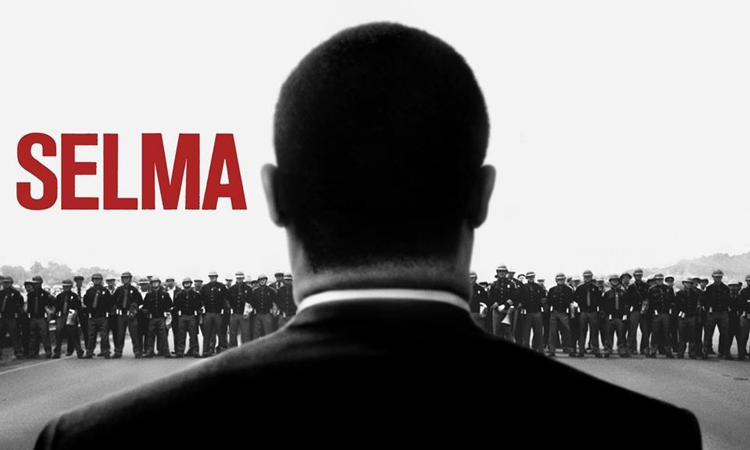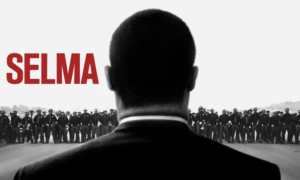A Most Violent Year
Posted on January 15, 2015 at 5:58 pm
B+| Lowest Recommended Age: | Mature High Schooler |
| MPAA Rating: | Rated R for language and some violence |
| Profanity: | Very strong language |
| Alcohol/ Drugs: | Drinking, smoking |
| Violence/ Scariness: | Crime and violence including guns, suicide |
| Diversity Issues: | A theme of the movie |
| Date Released to Theaters: | January 16, 2015 |
| Date Released to DVD: | April 6, 2015 |
| Amazon.com ASIN: | B00RNELG5E |

After three very different movies, we know two things about writer/director J.C. Chandor. First, he is already one of today’s most original, thought-provoking directors, with a remarkably mature and insightful eye, and second, he is vitally interested in the survival instincts of characters who are under the direst of pressures. His “Margin Call” is the best take we have seen yet from Hollywood on the Wall Street meltdown, taking place in one day as a huge financial firm finds out it is on the wrong side of a bet that will bring down the entire company. It is filled with sharp, smart, character-defining dialogue that all but sizzles. His second film was “All is Lost,” an almost-wordless, one-character story with Robert Redford trying to stay alive a boat that is damaged in a collision, and an ending that viewers are still debating. And now, his third film is his first period piece, set in 1981 New York, one of the most violent years in the city’s history.
Oscar Isaac and Jessica Chastain star as Abel and Anna Morales, husband and wife and ambitious owners of a home heating oil company. The company is doing well and they have the chance to take it to the next level with the purchase of some property on the water that will reduce their delivery costs. But they are under tremendous pressure, moving into an expensive new home, on the hook to come up with the money for the land in 30 days, under investigation by a prosecutor who is equally ambitious (“Selma’s” David Oyelowo), and being pushed hard by cut-throat competition from his competitors, who harass his drivers, hijack his trucks, and steal his oil.
Like Michael Corleone, Abel wants to be strictly legitimate, but he is not there yet.
Both husband and wife are trying to move past their origins into the upper middle class. Abel is an immigrant who began as a driver for the company when it was owned by Anna’s father, a gangster. They love each other deeply, but each is by nature mistrustful and secretive. “You won’t like what happens if I get involved,” Anna tells Abel, and they both know he is right. Anna and Abel may have some trust issues but Isaac and Chastain, who have been friends since they studied together at Juilliard, as actors have a fearlessness with each other that requires complete trust as actors. Every scene they are in together crackles.
We first see Abel running through the streets. This was when running first became popular as exercise. But Abel is running all the time. Isaac is always calm and reassuring in his manner, but he has a white-hot inner fury. That is probably what drew Anna to him. He wants it all — money, respectability, family. And he knows that in order to get it he will have to deal with some very bad people and some very weak people and that means he might have to do some very bad things and some people might get hurt.
In his first period film, Chandor creates an atmosphere so authentic we can almost taste the smog. He has been compared to Sidney Lumet for the gritty, layered texture of the settings and the storyline. He is extraordinarily gifted with actors, starting with the casting. Alessandro Nivola is superb as a highly civilized gangster who lives in a home so fortified it tells us how thin that veneer of civilization really is. He creates a complex and fully-realized world that brings home Faulkner’s famous line: “The past isn’t dead. It isn’t even past.”
Parents should know that this film includes very strong language, and some peril and violence including guns, suicide, and criminal activity, drinking, and smoking.
Family discussion: How would this story be different if it took place today? Why does the film begin with Abel running?
If you like this, try: “Margin Call” and “All is Lost” from the same director





